Feed conversion ratio (FCR) is a key measure of efficiency in goat farming, as it measures the amount of feed needed to produce one unit of goat meat. A high FCR means that producers are using fewer resources and thus saving money on feed costs, while a low FCR indicates that more resources are being used and more money is being spent.
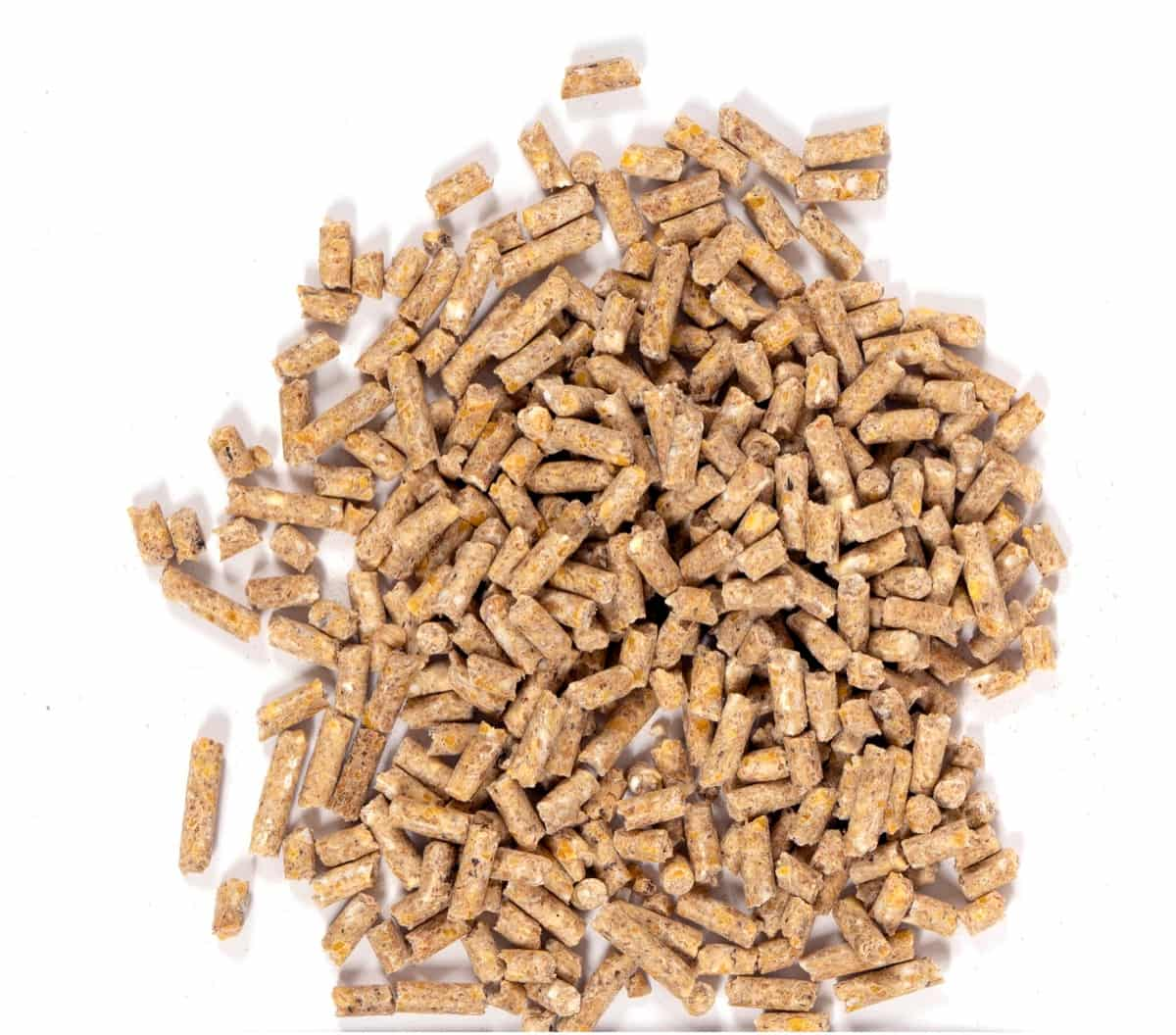
For goat farmers, understanding and improving their FCR can help them maximize their profits. Goats are efficient feed converters, but there are ways to improve FCR. Better management of pasture and forage, providing supplemental nutrition, and minimizing health problems can all help improve FCR.
Key rules to improve Feed Conversion Ratio (FCR) in Goats
What is FCR?
The feed conversion ratio (FCR) is the most important factor in determining the profitability of a goat operation. To improve FCR, producers must understand how feed is utilized by goats and the factors influencing feed utilization. Goats are unique in their ability to digest various plant materials, including leaves, stems, and seeds. This allows them to convert low-quality feeds into high-quality milk and meat. However, goats still require a balanced diet to maximize performance.
Why is FCR important?
The feed Conversion Ratio (FCR) is a key indicator of animal performance and feed efficiency. It measures how well an animal converts feed into body weight gain. A high FCR means the animal is growing well on the feed it is given, and a low FCR indicates that the animal is not growing well or that the feed conversion efficiency needs to be improved.
In case you missed it: How to Start Goat Farming in Israel: Key Rules, Business Plan, Breeds, Cost, Profit, and Management
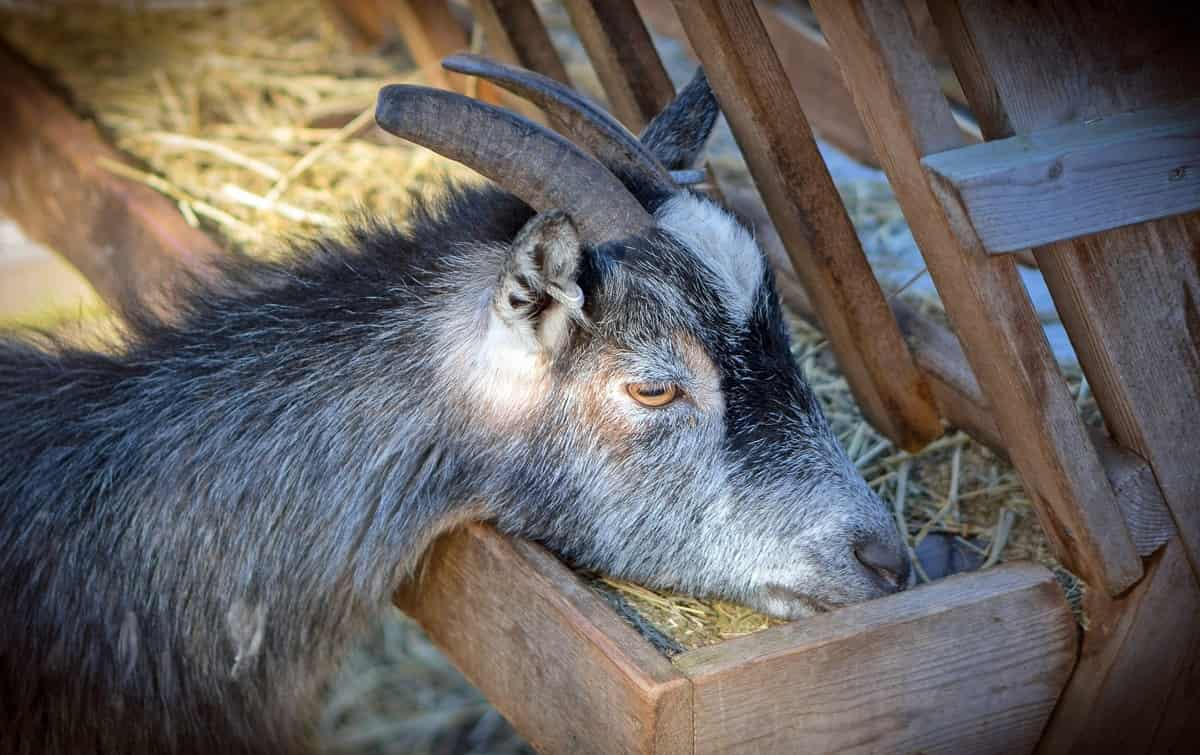
The need for a good FCR
Maintaining a good feed conversion ratio (FCR) in goat farming is essential. The FCR is a key indicator of your herd’s overall health and productivity. A high FCR means that your goats are converting more of their feed into body mass, while a low FCR indicates that they are not getting enough nutrition from their food.
Many factors can influence FCR, including genetic factors, health status, age, breed, and type of feed. To improve FCR in goats, farmers need to focus on providing their animals with high-quality feeds that are properly balanced for their nutritional needs. They also need to ensure that their goats are healthy and free from parasites, diseases, and other health problems impacting growth and feed efficiency.
Good management of pasture and forage is essential for efficient feed conversion by goats. Goats should have access to fresh, green forage at all times. Supplementing hay or other dry feeds can help meet the goats’ nutritional needs when fresh forage is unavailable. Providing supplemental nutrition can also help improve FCR. Goats need a balanced diet that includes proteins, carbohydrates, fats, vitamins, and minerals. Supplemental feeds can help provide nutrients that may be lacking in the diet or that the goats need in higher amounts than what is available in pasture or forage.
Minimizing health problems is also important for efficient feed conversion by goats. Health problems can lead to weight loss and poor appetite, which can reduce FCR. Keeping goats healthy through good sanitation practices and vaccination programs can help minimize health problems and improve FCR.
Tips to Improve Feed Conversion Ratio in goats
- One of the key ways to improve the feed conversion ratio is by improving management practices. This includes proper feeding, vaccination, deworming schedules, and providing clean water and shelter.
- Another important factor is genetic selection. Some breeds of goats are naturally more efficient converters of feed than others.
- Proper nutrition is essential for optimizing the feed conversion ratio. A balanced diet, including all the essential nutrients, will help goats convert feed more efficiently into body mass.
- Providing your goats with high-quality feeds is the most important thing to improve their FCR. Be sure to use nutritious feeds free of toxins or other contaminants.
- It is important to monitor the feed your goats consume daily. This will help you ensure they get enough nutrition without overfeeding them.
- Another important factor in maintaining a good FCR is keeping your goats healthy. Goats that are sick or have other health problems will not be able to convert their feed as efficiently as healthy goats.
- Finally, good sanitation practices can help reduce disease incidence, leading to better feed conversion ratios.
In case you missed it: How to Make Goat Manure Compost: A Step-by-Step Guide to Using in Your Garden/Farm
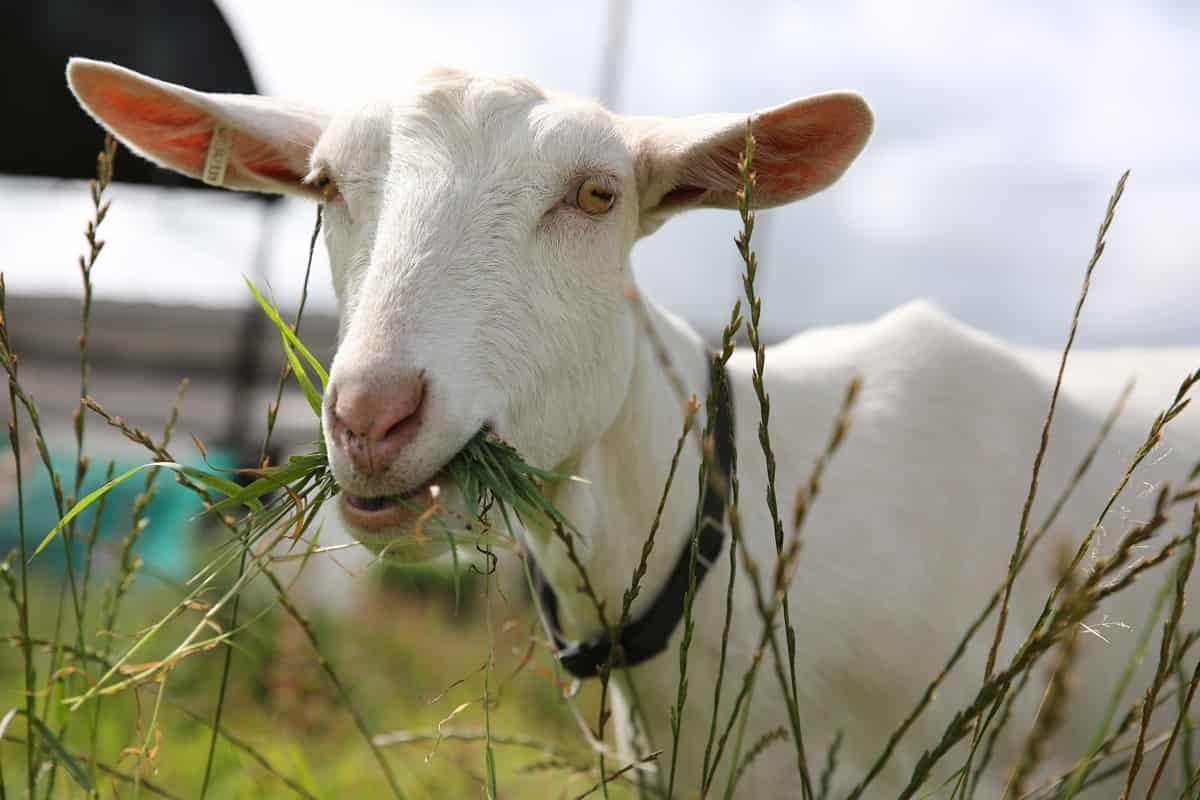
Importance of Feed Conversion Ratio (FCR) in goat farming
Feed Conversion Ratio (FCR) is a key point used by goat farmers to measure the efficiency of their operation. A high FCR indicates that the farm can convert feed into meat or milk efficiently, while a low FCR indicates that the farm is not converting feed into meat or milk efficiently. A number of factors can influence a farm’s FCR, including the type of feed used, the age and health of the animals, and the management practices used by the farmer. There are several reasons why farmers need to focus on improving their FCR.
First, improved FCR can lead to increased profits for the farm as more meat or milk is produced per pound of feed consumed. Second, improved FCR can help reduce environmental impacts associated with livestock production, as less feed is required to produce a given amount of meat or milk. Finally, improved FCR can improve animal welfare by reducing the amount of time animals spend eating and increasing the amount of time they spend engaging in other activities, such as socializing or exercising.
One key step to improving FCR in goat farming is to focus on providing a balanced and nutritious diet for your goats. This means ensuring they have access to fresh, clean water and that their feed is rich in proteins, minerals, and vitamins. Another important step is to ensure that your goats are getting enough exercise. Goats confined to small spaces or not allowed to move around will often have poorer FCR than those allowed to roam and play. Finally, monitoring your goats closely for signs of illness or disease is important. Treating health problems promptly can help improve overall FCR in your herd.
The key rules for improving FCR
1. The first key rule of FCR is to ensure that your goats have access to clean water at all times. Goats are very susceptible to dehydration, which can quickly lead to serious health problems. If you’re unsure how much water your goats need, a good rule of thumb is to provide them with 1 gallon per day per goat.
2. Sanitation is critical in any livestock operation, but it’s especially important in goat farming. Because goats are efficient foragers, they are more likely than other animals to pick up diseases from their environment. That’s why keeping their living quarters clean and free of debris is important.
3. It is important to provide goats with a diet that is nutritionally balanced and complete. This means ensuring that the diet contains all the essential nutrients that goats need for growth, reproduction, and milk production.
In case you missed it: How to Make Corn Silage: Production and Management Steps for Goats, Sheep, Cows, Pigs, and Cattle
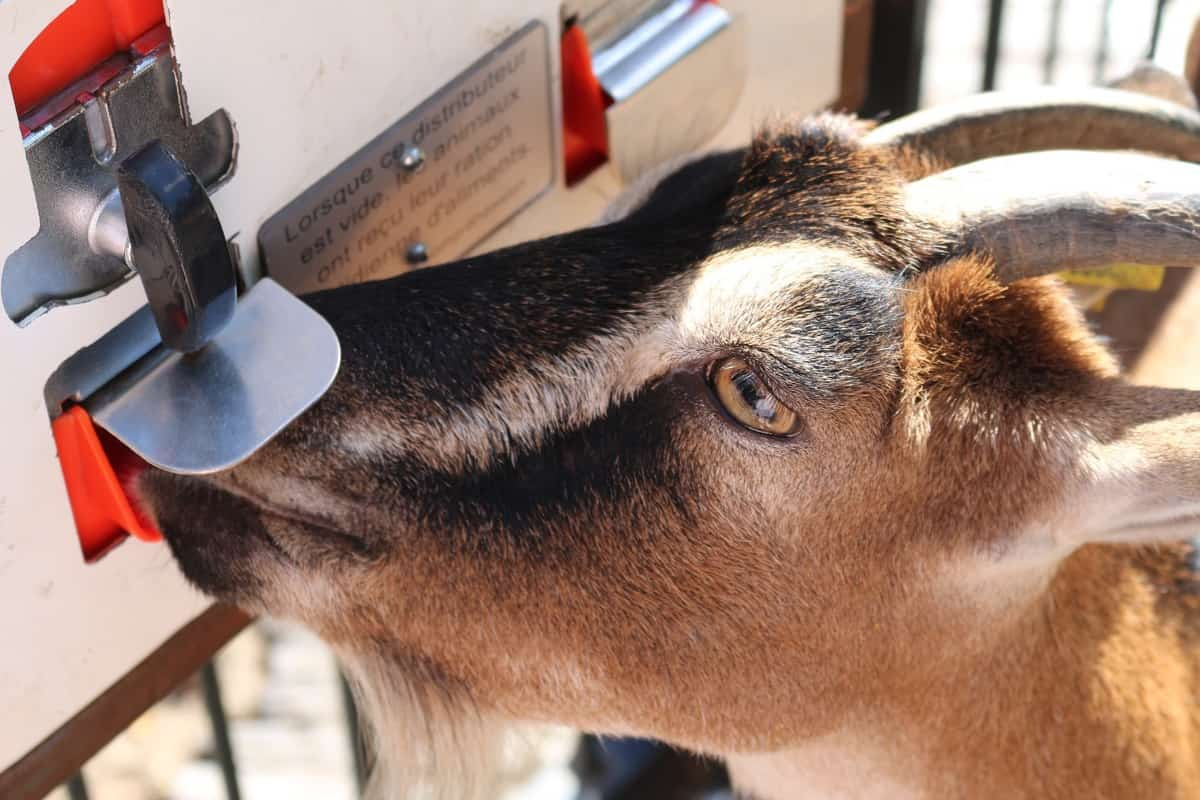
4. The next key rule of FCR is to provide your goats with a balanced diet. Goats are browsers by nature and prefer to eat various plants and herbs. However, they also require a certain amount of protein and energy in their diet to maintain their health and grow properly. A good way to achieve this balance is by feeding them a quality hay or pasture mix along with a supplemental feed that contains the necessary nutrients.
5. Proper nutrition is essential for all animals, but it’s especially important for goats. That’s because goats are such efficient foragers that they need a high-quality diet to maintain their health. A goat’s diet should consist of hay, grass, and a small amount of grain. Goat feed should also be supplemented with vitamins and minerals to ensure the animal gets all the nutrients it needs.
6. t is important to minimize wastage of feed. This can be done by using Feeding Management Plans (FMPs), which help farmers to understand their goats’ nutritional requirements better and identify ways to optimize feed utilization.
7. Another key rule of FCR is to keep your goats healthy. Like any animal, goats can become sick if they’re not kept in optimal conditions. To help prevent illness, make sure you provide them with clean housing, plenty of exercise, and regular check-ups from a veterinarian. Following these simple rules can help ensure that your goats stay healthy and have a higher feed conversion ratio.
8. Exercise is important for all animals, but it’s especially important for goats. That’s because goats are such efficient foragers that they need to burn off excess energy to prevent themselves from becoming overweight. Exercise also helps goats stay healthy and fit to continue producing milk and meat.
9. Another important tip for improving FCR is to ensure that goats have access to plenty of roughage. Roughage helps goats keep their digestive system moving properly and provides them with essential nutrients. Therefore, farmers should ensure that their goats have access to hay, grass, or other roughage at all times.
Management practices that can improve FCR in goats
- Providing a balanced diet: Goats need a nutritionally complete diet to maximize their growth and production potential. A lack of key nutrients will lead to poor performance and high FCRs.
- Minimizing stress: Stress can negatively impact an animal’s appetite and metabolism, leading to lower growth rates and FCRs. Therefore, it’s important to minimize sources of stress in your goat herds, such as by providing adequate shelter, space, and socialization opportunities.
- Managing health problems: Health problems can also lead to poor appetite and metabolism, resulting in higher FCRs. Therefore, it’s important to identify and treat health problems promptly to minimize their impact on productivity.
In case you missed it: Indigenous Veld Goat Farming in Africa: How to Start, Business Plan for Rasing to Care
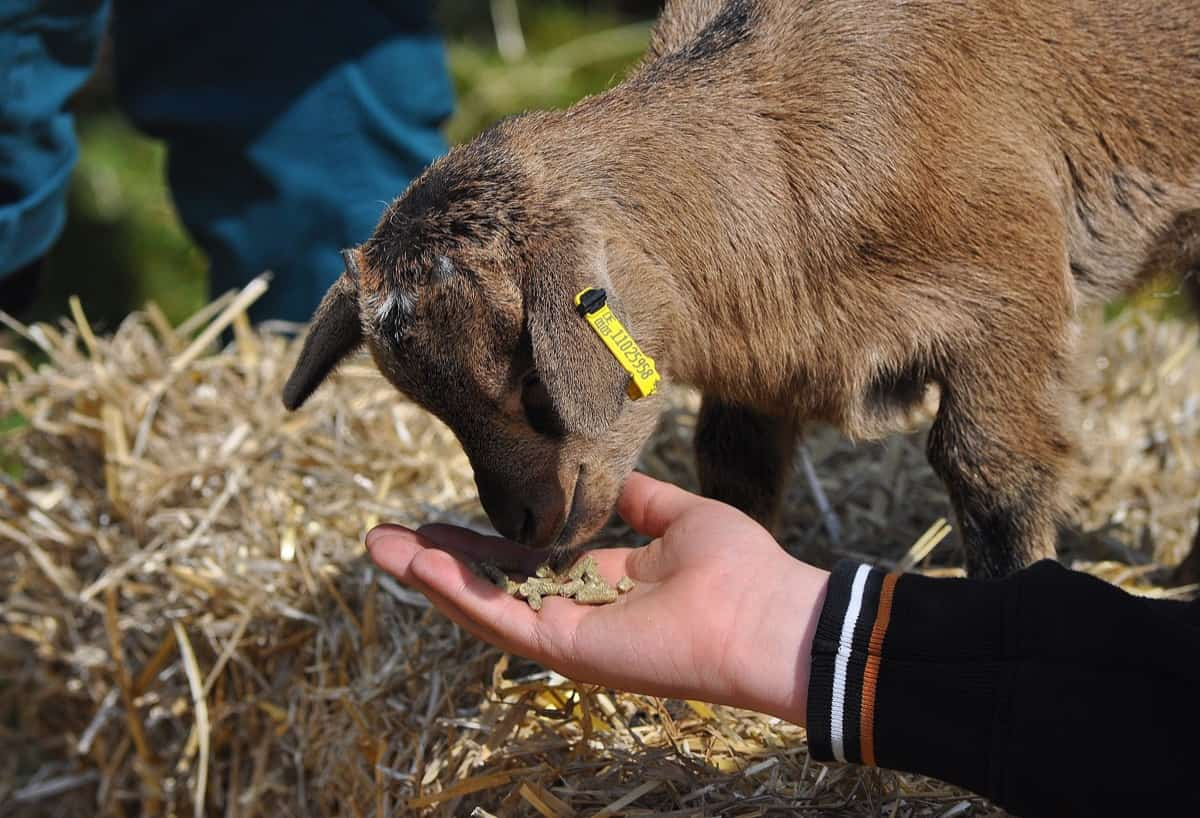
How do you calculate FCR in goats?
To calculate FCR in goats, you need to divide the total feed intake by the total weight gain. This will give you the average daily feed intake. Then, divide the total feed cost by the number of days on feed. This will give you the average daily feed cost. Finally, divide the daily feed cost by the average daily feed intake. This will give you your FCR.
Factors that contribute to the improvement of FCR in goat farming
- Age and health: Younger, healthier goats will have a better FCR than older or sick ones. Keep an eye on your goats’ health and age to ensure they perform as well as possible.
- Environment: The conditions in which your goats live can also affect their FCR. Make sure they have plenty of space to roam and exercise and that their housing is clean and comfortable.
- Selection of high-quality forage: The type of feed and forage you provide your goats can have a big impact on FCR. Make sure you’re providing a balanced diet that meets their nutritional needs. Goats should be provided with high-quality forage that is rich in nutrients. This will help them to digest their food better and convert it into energy and body tissue.
- Appropriate rationing: It is important to ration goats’ food properly to get all the nutrients they need without wasting any feed.
- Adequate water supply: Goats need access to clean, fresh water to stay hydrated and properly digest their food.
- Good sanitation practices: Maintaining clean and sanitary conditions in the goat pen will help to prevent disease and improve FCR.
- Regular exercise: Exercise is important for goats to maintain their muscle mass and body condition.
- Avoid overfeeding your goats: Goats only need a small amount of food daily, so don’t overdo it. Too much food can lead to obesity and other health problems. Instead, provide fresh water for your goats at all times. Goats need plenty of water to stay hydrated and digest their food properly.
- Practice good herd management practices: This includes keeping an eye on your goat’s health, providing adequate shelter and fencing, and maintaining a safe and clean environment. Keep your goat’s housing clean and free of debris. A clean environment will help keep your goats healthy and reduce disease risk.
In case you missed it: How to Start Goat Farming in Netherlands: Breeds, Cost, Profit, Business Plan, and Management
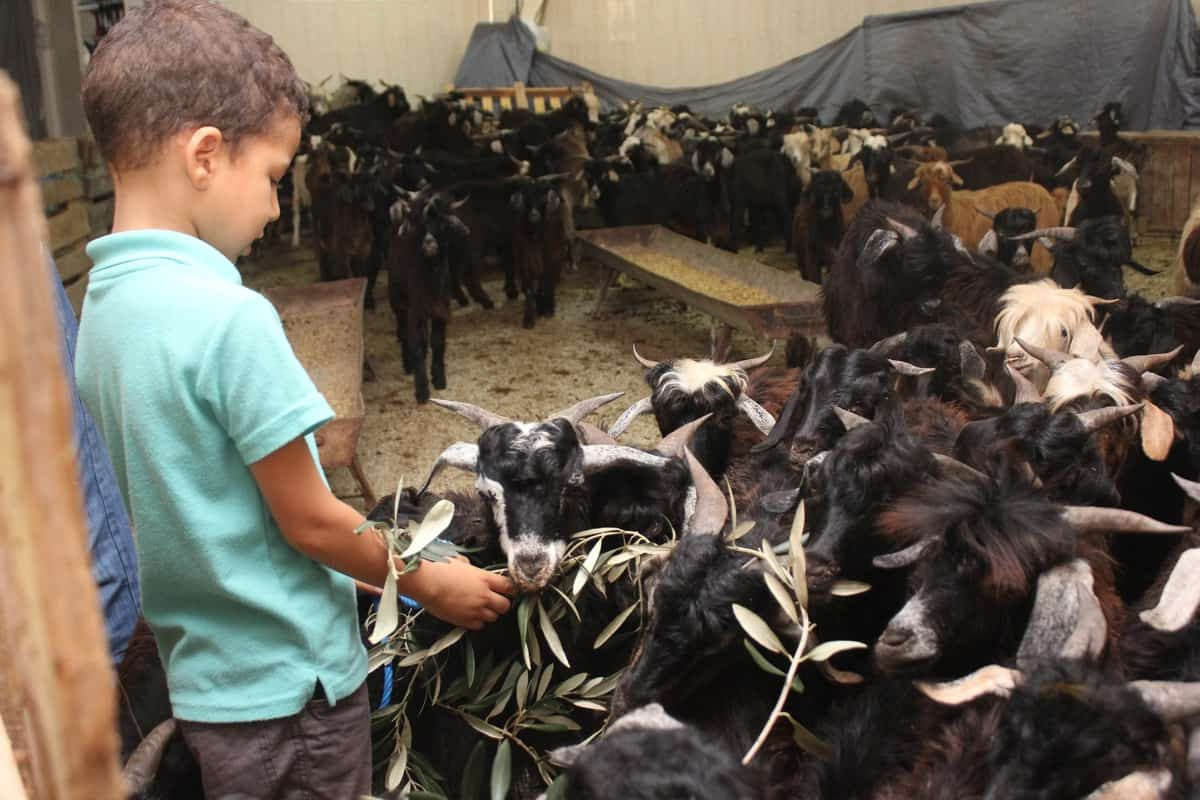
Conclusion
The feed conversion ratio (FCR) is a key indicator of productivity and profitability in goat farming. It measures the efficiency with which goats convert feed into meat, milk, or fiber. For goat farmers, the Feed Conversion Ratio (FCR) is a key statistic in measuring the performance of their animals. It’s defined as the ratio between the amount of feed input and the amount of weight gained by each animal.
- Types of Pesticides Used in Agriculture: A Beginner’s Guide
- Economical Aquaculture: A Guide to Low-Budget Fish Farming
- 15 Common Planting Errors That Can Doom Your Fruit Trees
- How to Make Houseplants Bushy: Effective Tips and Ideas
- Innovative Strategies for Boosting Coconut Pollination and Yield
- Pollination Strategies for Maximum Pumpkin Yield
- The Complete Guide to Chicken Fattening: Strategies for Maximum Growth
- Natural Solutions for Tulip Problems: 100% Effective Remedies for Leaf and Bulb-Related Issues
- Revolutionizing Citrus Preservation: Towards a Healthier, Greener Future
- Natural Solutions for Peony Leaf and Flower Problems: 100% Effective Remedies
- Maximizing Profits with Avocado Contract Farming in India: A Comprehensive Guide
- Natural Solutions for Hydrangea Problems: 100% Effective Remedies for Leaf and Flowers
- The Ultimate Guide to Choosing the Perfect Foliage Friend: Bringing Life Indoors
- From Sunlight to Sustainability: 15 Ways to Use Solar Technology in Agriculture
- The Ultimate Guide to Dong Tao Chicken: Exploring from History to Raising
- The Eco-Friendly Makeover: How to Convert Your Unused Swimming Pool into a Fish Pond
- Mastering the Art of Delaware Chicken Farming: Essentials for Healthy Backyard Flocks
- 20 Best Homemade Fertilizers for Money Plant: DIY Recipes and Application Methods
- How to Craft a Comprehensive Free-Range Chicken Farming Business Plan
- Brighten Your Flock: Raising Easter Egger Chickens for Beauty and Bounty
- How to Optimize Your Poultry Egg Farm Business Plan with These Strategies
- Subsidy for Spirulina Cultivation: How Indian Government Schemes Encouraging Spirulina Farmers
- Ultimate Guide to Raising Dominique Chickens: Breeding, Feeding, Egg-Production, and Care
- Mastering the Art of Raising Jersey Giant Chickens: Care, Feeding, and More
- Ultimate Guide to Raising Legbar Chickens: Breeding, Farming Practices, Diet, Egg-Production
- How to Raise Welsummer Chickens: A Comprehensive Guide for Beginners
- How to Protect Indoor Plants in Winter: A Comprehensive Guide
- Ultimate Guide to Grow Bag Gardening: Tips, Tricks, and Planting Ideas for Urban Gardeners
- Guide to Lotus Cultivation: How to Propagate, Plant, Grow, Care, Cost, and Profit
- Agriculture Drone Subsidy Scheme: Government Kisan Subsidy, License, and How to Apply Online
- Ultimate Guide to Raising Araucana Chickens: Breed Profile, Farming Economics, Diet, and Care
- Bringing Hydroponics to Classroom: Importance, Benefits of Learning for School Students
- Ultimate Guide to Raising Polish Chickens: Breed Profile, Farming Economics, Diet, and Care
- Ultimate Guide to Raising Australorp Chickens: Profile, Farming Economics, Egg Production, Diet, and Care
- Silkie Chicken Farming: Raising Practices, Varieties, Egg Production, Diet, and Care
- Sussex Chicken Farming: Raising Practices, Varieties, Egg Production, Diet and Care